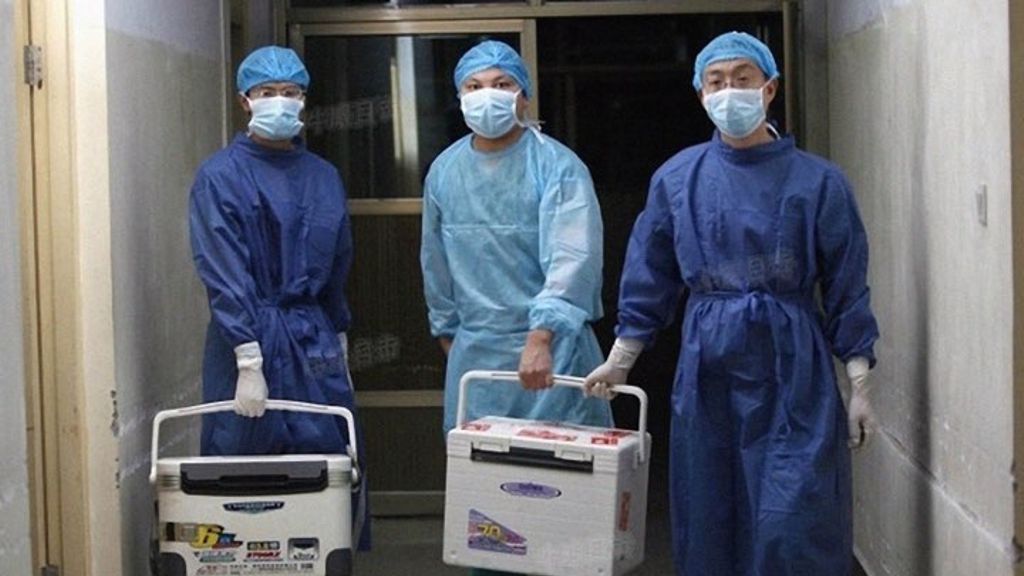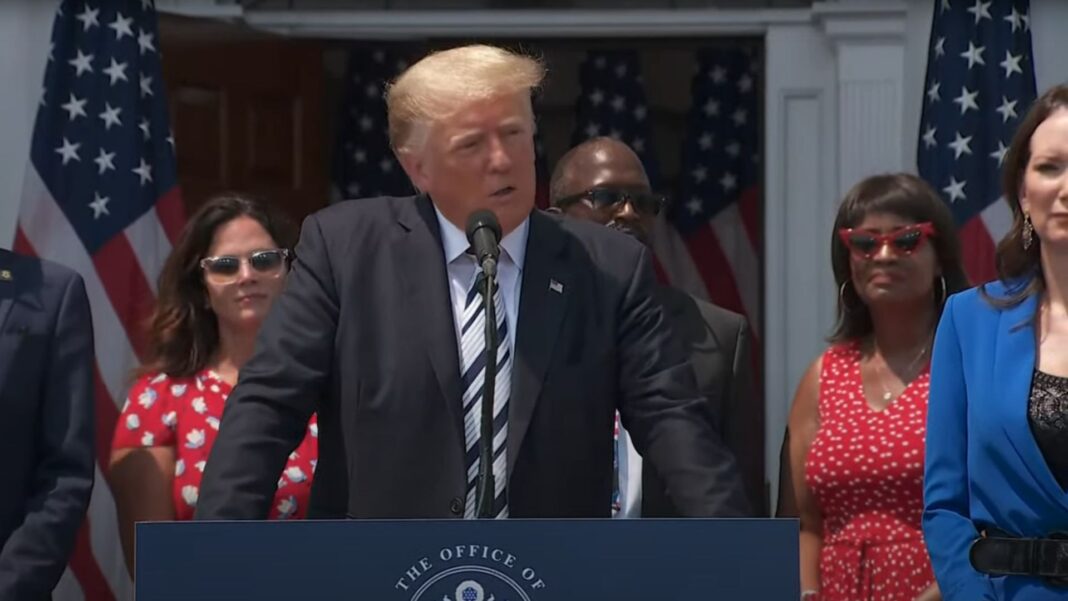At the sound of gunshots, prisoners fell lifeless to the ground. Their bodies, still warm, were carried to a nearby white van, where two white-clad doctors waited. Behind closed doors, they were cut open, their organs carved out for sale on the transplant market.
The grisly scene, which sounds more like the plot of a horror movie than a real-life account, took place in China more than 20 years ago at the direction of state authorities. It was witnessed by Bob (a pseudonym), who was a public security officer providing security at the sites where death-row prisoners were executed.
“The harvesting of death-row prisoners’ organs was an open secret,” Bob, who is now based in the United States, told The Epoch Times. He declined to use his real name for fear of reprisal by the regime. The Epoch Times has verified his police ID and other personal information.
Bob described being an unwitting participant in an “industrialized” supply chain that converted living humans into products for sale in the organ trade. The players in this macabre industry include the judicial system, police, prisons, doctors, and the Chinese Communist Party (CCP) officials who issue the directives.
His account from the mid-1990s sheds light on one stage in the disturbing evolution of the CCP’s long-running practice of harvesting organs from nonconsenting donors. While Bob witnessed organ extraction from prisoners who were already dead, in the following years, the regime would go on to implement—and deploy on a mass scale—a practice far more sinister: harvesting organs from live prisoners of conscience, particularly Falun Gong practitioners.
The Execution
Bob joined the police force in 1996 and worked as a civilian police officer. From time to time, he assisted in maintaining order at a court where executions are confirmed and at various execution sites in the city. Later, in 1999, as a result of posting an online message critical of the authorities, Bob himself was put in detention for more than a year. Inside, he was able to observe the handling of death-row prisoners, and thus piece together the process from conviction to execution to organ harvesting.
After being sentenced to death, an inmate would be placed in hand and ankle cuffs, the latter weighing up to 33 pounds, to prevent escape. One or two other prisoners would keep watch over them at all times. A blood test—a step to identify possible donors—and a mental and physical health check would also be conducted at this time, in a dedicated medical room in the detention center.
“As far as I know, no one told the death-row prisoners their organs would be extracted,” Bob said.
Executions typically occurred ahead of major holidays, he said.
Death-row prisoners would have to attend a public hearing at a higher court, where a judge would confirm or overturn the death sentence assigned by the original court.
Those destined for execution—ranging from a handful to more than a dozen each time—were then marched out of the courthouse to a procession of 20 to 30 vehicles waiting outside, Bob said. The convoy also transferred local officials assigned to witness the executions. They included the vice director from the local public security bureau, the judge, and other personnel who handled the cases.
All the cars had red cloth or paper taped over the windows and carried a numerical marking.
The prisoners determined to be suitable to have their organs extracted (as a result of the tests) would be injected with a drug said to relieve their pain. Its actual purpose, though, was to prevent blood coagulation from damaging the organs after brain death, Bob said.
Those slated for organ harvesting were typically young, healthy men, usually in their 20s and 30s without a history of major illness, according to Bob.
At the execution site, prisoners were arranged in a line to be shot in the back of the head.
The closest prisoner would stand roughly three to five meters (10 to 16 feet) away from where Bob stood guard.
BY EVA FU








